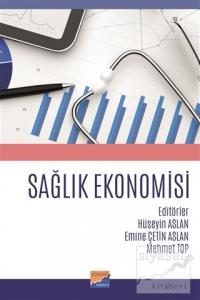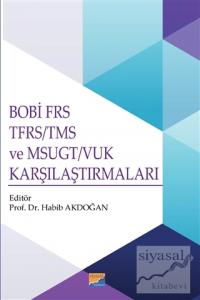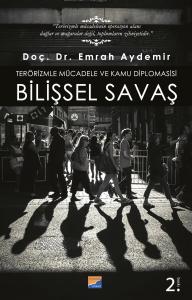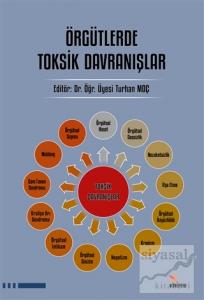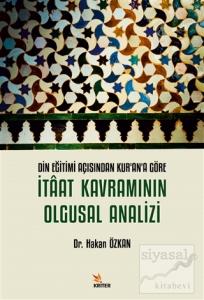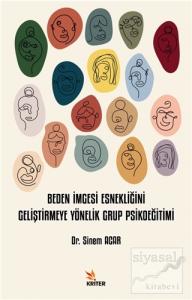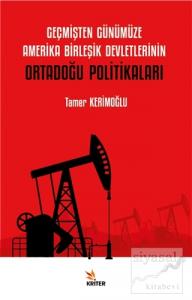
Adam Smith, with “An Inquiry into the Nature and Causes of the Wealth of Nations” published in 1776 is unanimously hailed as the founder of economics as a social science and also of “economic liberalism” or “capitalism” as it is called to contrast it with “socialism”, the latter propagated by K. Marx at a later date.
The group of economists that followed A.Smith, including such notable names as D.Ricardo, N.W.Senior, John Stuart Mill, culminating in Alfred Marshall (1890: Principles of Economics) is called the “Classical School” or alternately the “Manchester School” to refer to their place of origin. Their macroeconomic system is called the “Classical System”. Having accepted the Malthusian law of population (T.Robert Malthus: 1798 Essays on the Principle of Population) D. Ricardo had come up with a model in which growth eventually comes to a halt, moving to that point, however, all along at full employment equilibrium.This was also in line with the views of Adam Smith. Marshall had introduced the concept of elasticities and used the partial method of analysis. In contrast, Leon Walras, in his “Eléments d'Economie Pure ou Theorie de La Richesse Sociale” used the general equilibrium approach to prove that the economy arrives automatically to full employment equilibrium, following Adam Smith and the Classical School.
This book offers a summary of the basic views and conclusions of Adam Smith concerning economic regime, as is also followed by the rest of the members of the Classical School: In a milieu of perfect competition prevailing in all the markets or sectors of the economy, including the labor market, full employment equilibrium will be achieved automatically. This equilibrium will, therefore, also maximize the welfare of the workers because the market wage rate, with no intrusions from the government or the unions, will have ensured full employment. Hence, there is no need for interventionism, that is, for the state to intervene prices, wages, channeling of investments and economic decisions in general.
Adam Smith, with “An Inquiry into the Nature and Causes of the Wealth of Nations” published in 1776 is unanimously hailed as the founder of economics as a social science and also of “economic liberalism” or “capitalism” as it is called to contrast it with “socialism”, the latter propagated by K. Marx at a later date.
The group of economists that followed A.Smith, including such notable names as D.Ricardo, N.W.Senior, John Stuart Mill, culminating in Alfred Marshall (1890: Principles of Economics) is called the “Classical School” or alternately the “Manchester School” to refer to their place of origin. Their macroeconomic system is called the “Classical System”. Having accepted the Malthusian law of population (T.Robert Malthus: 1798 Essays on the Principle of Population) D. Ricardo had come up with a model in which growth eventually comes to a halt, moving to that point, however, all along at full employment equilibrium.This was also in line with the views of Adam Smith. Marshall had introduced the concept of elasticities and used the partial method of analysis. In contrast, Leon Walras, in his “Eléments d'Economie Pure ou Theorie de La Richesse Sociale” used the general equilibrium approach to prove that the economy arrives automatically to full employment equilibrium, following Adam Smith and the Classical School.
This book offers a summary of the basic views and conclusions of Adam Smith concerning economic regime, as is also followed by the rest of the members of the Classical School: In a milieu of perfect competition prevailing in all the markets or sectors of the economy, including the labor market, full employment equilibrium will be achieved automatically. This equilibrium will, therefore, also maximize the welfare of the workers because the market wage rate, with no intrusions from the government or the unions, will have ensured full employment. Hence, there is no need for interventionism, that is, for the state to intervene prices, wages, channeling of investments and economic decisions in general.



